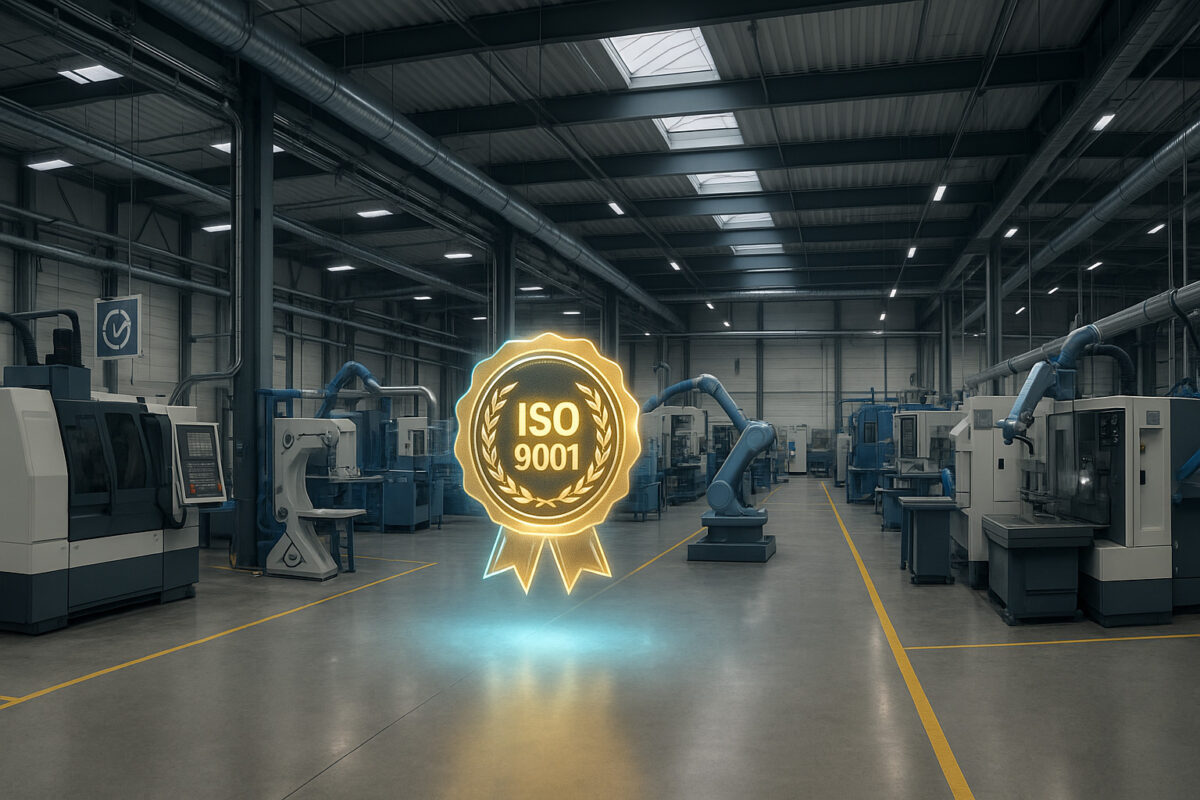
Why Securing Your Supply Chain Is Essential for Your Business
Risks Threatening the Supply Chain
Natural disasters block roads and shut down entire industrial sites. Trade tensions complicate access to raw materials. As for cyberattacks, they target ERPs (enterprise resource planning systems) or inject malicious code into logistics platforms. So many threats that weaken supply chain security.
The Impact of Inefficiency on Business Performance
An unsecured supply chain means repeated delays, contractual penalties, logistics surcharges, and idle inventory. The result: perceived quality drops and margins shrink.
Protecting your flows is therefore more than a preventive measure: it’s about preserving your brand image, your cash flow, and customer loyalty.
Key Steps to Secure Your Supply Chain
Risk Assessment and Identification of Vulnerabilities
Start by mapping each logistics process. Analyze the frequency, severity, and detectability level of threats at each link. Identify vulnerability points: single supplier, outdated network, reliance on often-congested ports…
This risk analysis forms the basis of your action plan.
Diversifying Suppliers and Supply Channels
Distribute your volumes among several partners, ideally across different geographic regions. Plan backup contracts and activate alternative carriers if necessary to limit disruptions.
Need a solid framework? Check out our full guide to managing suppliers: qualification methods, performance indicators, safety audits… Everything is designed to secure your sourcing and strengthen your supply chain’s reliability, even in times of tension.
Inventory and Logistics Flow Management
A buffer stock absorbs temporary disruptions; a surplus immobilizes capital unnecessarily. The challenge? Optimize stock levels using dynamic forecasts while ensuring smooth logistics flows. This is the foundation of a resilient and high-performing supply chain.
Collaboration and Communication with Key Partners
Share your forecasts. Inform partners of delays, and don’t hesitate to alert colleagues to demand fluctuations.
Quarterly reviews and regular communication build trust and secure the entire chain. Transparency becomes a lever for sustainable performance.
Technologies for Securing the Supply Chain
The Importance of Digitalization in Risk Management
Digitalization enables real-time centralization of data from transport, quality, and resources.
ERP, WMS, and TMS software significantly improve visibility across the supply chain and enhance responsiveness in case of disruptions. By reducing human error, they also ensure more reliable decision-making.
Thanks to automated alerts, incidents can be avoided upstream — before the final customer is impacted.
AI and Big Data to Predict Risks
Artificial intelligence analyzes weather patterns, oil prices, social media posts, and identifies weak signals. Combined with big data, it predicts shortage risks and suggests optimization scenarios.
Blockchain and Traceability for a Secured Supply Chain
Each batch receives a tamper-proof ID. Temperature, location, certifications—logged on the blockchain—are accessible to the customer.
Thanks to traceability, fraud is reduced. Regulatory compliance improves, ensuring data security.
How Risk Management Influences Supply Chain Security
Proactive Risk Management Strategies
Anticipating risks better protects the business. This involves three levers:
- Insurance to cover major incidents;
- Regular audits to detect and correct flaws early on;
- Contingency plans to ensure business continuity in crises.
The Importance of a Business Continuity Plan (BCP)
A business continuity plan defines critical resource levels, recovery priorities, and acceptable timelines. Test it annually. Plan backup sites, IT redundancy, and alternative suppliers.
Training and Awareness on Risk Management
Technology alone is not enough. Train teams to detect fake invoices, phishing emails, or signs of imminent disruption. Ongoing training boosts alertness.
Benefits of a Secured Supply Chain for Your Business
Cost Reduction and Efficiency Improvement
A well-secured supply chain reduces interruptions, avoids losses, and optimizes flows. Result: fewer delays, less waste, and lower operating costs. This makes your company more efficient and improves control over logistics, inventory, and delivery times.
Better Customer Satisfaction Through Efficient Management
Reliable delivery, a quick response from after-sales service, and clear traceability increase customer loyalty—turning them into ambassadors for your brand or business.
Strengthening the Company’s Reputation
A company that delivers even during a crisis earns investor and partner trust. Its reputation attracts talent and wins market share.
Why Choose MWT Sourcing to Secure Your Supply Chain?
Expertise and Tailored Solutions for Your Business Needs
MWT Sourcing assesses your supply chain, identifies risks, and offers custom solutions: audits, alternative sourcing, or hybrid logistics models.
Advanced Tools and Technologies for a Secured Supply Chain
Our teams deploy digital tools, integrate predictive AI and blockchain into platforms offering real-time visibility, and connect them with your internal applications.
Proactive Support and Risk Management with MWT Sourcing
MWT Sourcing monitors your weekly indicators, alerts you when a critical threshold is reached, and implements contingency plans. You’ll have a robust, proactive, efficient, and compliant supply chain.
To go further, learn how to optimize your supply chain with detailed indicators and a continuous improvement approach.







